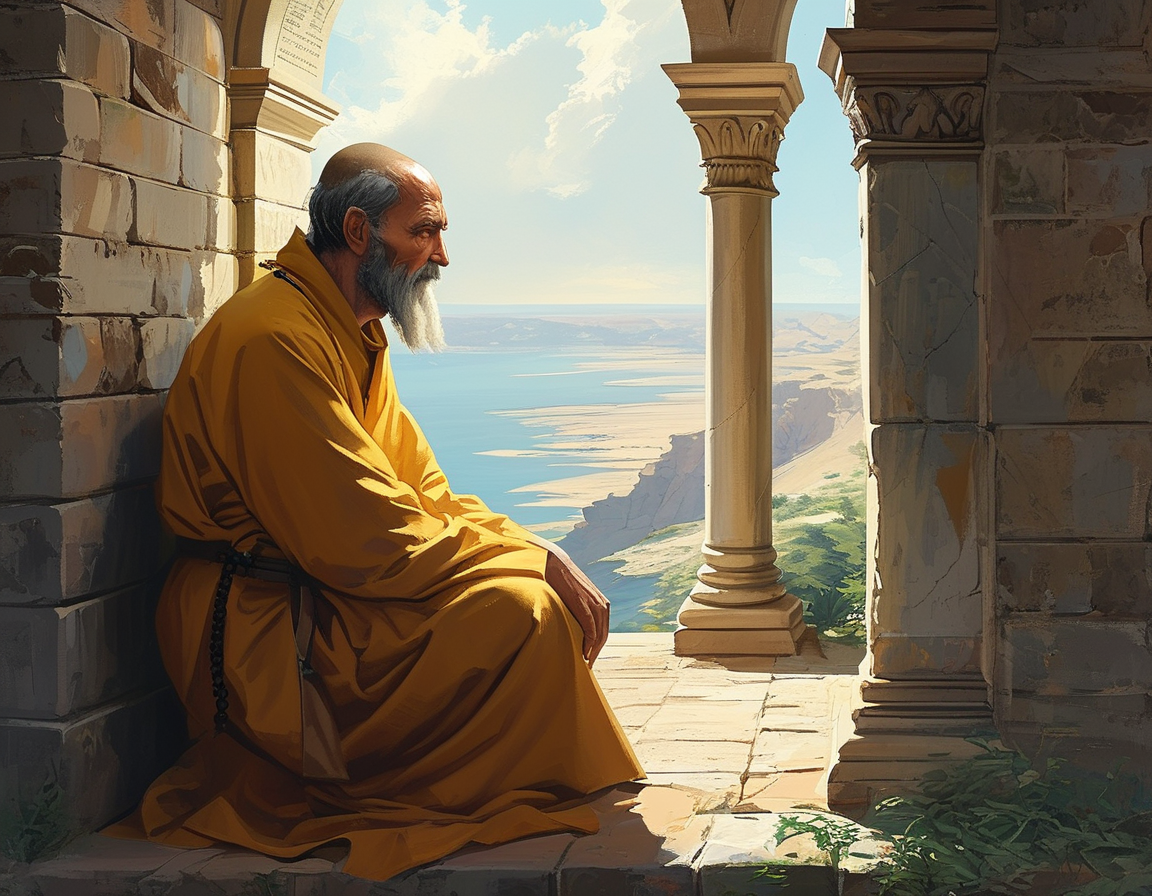
The story of St. Moses the Black offers a captivating tale of transformation and redemption. It raises questions about how far a person can go to turn their life around. Can we all find our path to peace?
Yet, how many of us can truly relate to such a radical shift? Most people might consider the idea of changing one’s life drastically daunting. The good news is that change is within reach.
St. Moses once lived a life of violence, steeped in crime and fear. His past reflects a broader human struggle, one many of us face in various ways. It reminds us that everyone is capable of profound change.
Set in the 4th century, Moses was an Ethiopian slave. Fleeing hardship, he turned to banditry. Initially, he thrived in a world of chaos. But a moment of faith altered his path entirely.
Imagine living a life where fear ruling over others seems normal. Yet, deep down, searching for peace might be a common desire.
Upon discovering a remote monastery in Egypt, Moses faced a pivotal choice. Would he continue down his violent path? Or would he embrace a life of nonviolence and repentance?
This episode captures a harrowing moment when Moses encountered the monks. They lived in stark contrast to his previous life. Their commitment to pacifism sparked something profound within him.
What does this say about community and its role in transformation? Monastic life taught Moses about humility, kindness, and forgiveness. These virtues became central to his new existence.
As the narrative unfolds, the real question arises: What drove Moses’ transformation? Was it purely faith? Or was it the yearning for something more than violence?
His journey highlights the power of redemption available to anyone. St. Moses became a beacon; he preached peace amid violence. A true testament to the human spirit’s ability to change.
In today’s context, many struggle with their pasts. Current events echo the challenges faced by St. Moses. As in his time, people seek forgiveness and strive for a second chance today.
Media coverage often overlooks the deeper issues. The complexities of individual experiences can be lost. St. Moses’ story brings these concerns to the forefront.
As viewers tune into Martin Scorsese’s portrayal, they may reflect on their own lives. Are we too quick to judge those who have stumbled? St. Moses teaches that redemption isn’t just a lofty ideal.
Engaging with such stories can encourage compassion. The docuseries encourages viewers to ponder their own beliefs. How do our views on transformation affect our communities?
Moses’ life story becomes a canvas illustrating the potential for redemption. The triumph of human spirit can resonate deeply within us.
What can our individual journeys teach us? As we navigate today’s complexity, perhaps it’s time to embrace these lessons. St. Moses beckons us to reflect on our own roads to healing.
As the episode became available on Fox Nation, it sparked conversations nationwide. It propels discussions about faith, hope, and the capacity for change.
The engaging storytelling by Scorsese ignites curiosity. It draws us into a narrative that transcends time. Most importantly, it connects the past with our present struggles.
Ultimately, the show leaves viewers asking: How does one genuinely seek transformation? And can we extend grace not just to ourselves, but to others?
The legacy of St. Moses is the reminder that nobody is beyond redemption. In a world rife with challenges, his story inspires hope. Perhaps that is the most vital message of all.
Leave a Comment